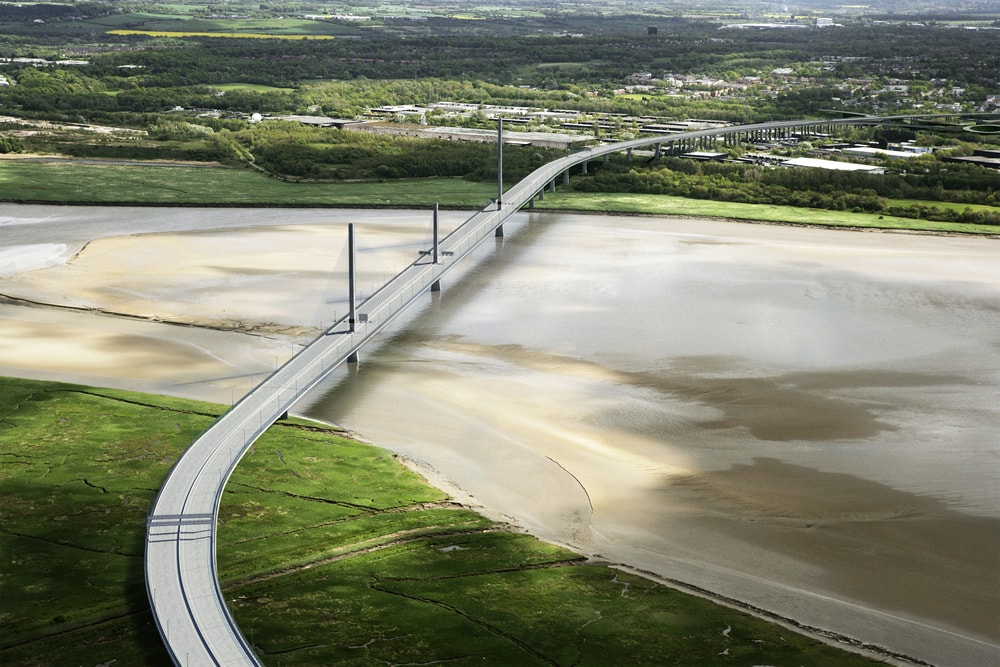Compulsory Purchase
Mersey Gateway Construction Begins
Construction has begun on the £600 million Mersey Gateway Scheme on the 7th May 2014. The scheme is expected to have a construction time of 3 and a half years with the bridge scheduled to be open to traffic in the first half of 2017.

The project is designed to deliver a one kilometre six lane bridge to improve transport links between Widnes and Runcorn on the route to Liverpool. This in turn will ease congestion over the existing Silver Jubilee Bridge.
The project has been procured as a privately financed Public Private Partnership project. The 2014 Budget confirmed that the Mersey Gateway qualifies for support from the UK Guarantee Scheme for up to £270 million.
The project has affected a number of owners, occupiers and tenants of around 50 business premises along the route. As a practice Roger Hannah & Co represent 3 significant land owners and local business’ affected by the Mersey Gateway Compulsory Purchase Order, whose case study can be viewed here.





